Milan, the cosmopolitan heart of Italy, is renowned for its fashion, design, and rich historical tapestry. Whether you’re drawn to its world-class museums, iconic landmarks, or vibrant neighborhoods, Milan offers a wealth of experiences. However, as with any major city, getting the most out of your visit requires some insider knowledge.
Getting to Milan: Flights and Airports
Milan is served by three main airports: Malpensa (MXP), Linate (LIN), and Orio al Serio (BGY). Understanding the differences between them can help you plan your arrival and departure more efficiently.
- Malpensa Airport (MXP): Milan’s largest airport is located about 50 kilometers northwest of the city center. It handles most international flights and offers a range of services and amenities. The Malpensa Express train is the most convenient way to reach the city center, taking around 45 minutes to reach Milano Centrale station.
- Linate Airport (LIN): Located just 7 kilometers from the city center, Linate is primarily used for domestic and short-haul international flights. It’s the closest airport to Milan and a taxi or bus ride can get you into the city in about 20 minutes.
- Orio al Serio Airport (BGY): Also known as Milan Bergamo Airport, this is a popular hub for budget airlines. It’s situated 45 kilometers northeast of Milan, and the best way to reach the city is by taking one of the shuttle buses, which takes around an hour to get to Milano Centrale station.
Navigating Milan’s Public Transportation System
Milan’s public transportation system is extensive, making it easy to get around the city without a car. Here’s a breakdown of the key options:
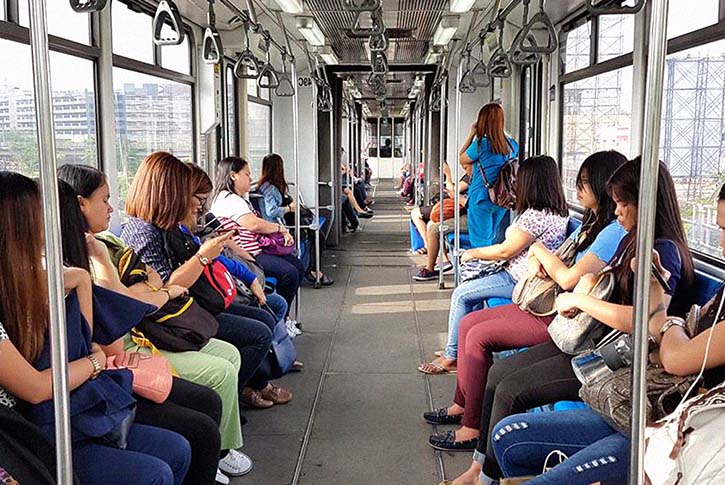
- Metro: Milan’s metro system is efficient and covers most of the city. It consists of four lines—M1 (Red), M2 (Green), M3 (Yellow), and M5 (Purple). The metro operates from 6:00 AM to midnight, and trains run frequently.
- Trams and Buses: Milan’s trams and buses complement the metro system, providing access to areas not covered by the metro. Trams are particularly useful for short journeys within the city center. Bus routes are more extensive and connect to outlying neighborhoods.
- Tickets and Passes: Tickets are valid for 90 minutes and can be used on all modes of public transport (metro, tram, and bus). You can purchase them at metro stations, newsstands, or via the ATM Milano app. For longer stays, consider a daily or multi-day pass, which offers unlimited travel within the city.
Exploring Milan’s Neighborhoods
Milan is a city of distinct neighborhoods, each with its own character and attractions. Understanding the layout of the city and where to find key sights will enhance your visit.
- Centro Storico (Historic Center): Home to Milan’s most famous landmarks, including the Duomo, Galleria Vittorio Emanuele II, and La Scala Opera House. This area is best explored on foot, allowing you to soak in the architectural splendor and vibrant street life.
- Brera: Known for its artistic vibe, Brera is a charming neighborhood filled with art galleries, boutique shops, and quaint cafes. The Pinacoteca di Brera is a must-visit for art lovers, housing an impressive collection of Italian Renaissance paintings.
- Navigli: The Navigli district, with its picturesque canals, is a hub for nightlife and dining. It’s particularly lively in the evenings, with numerous bars and restaurants lining the canals. This area is perfect for a leisurely evening stroll or a boat ride.
- Porta Nuova and Isola: Milan’s modern face is best seen in the Porta Nuova district, where futuristic skyscrapers like the Unicredit Tower dominate the skyline. Nearby Isola is a trendy, bohemian neighborhood known for its street art, hip cafes, and indie boutiques.
Must-See Attractions in Milan
Milan is a treasure trove of cultural and historical landmarks. Here are some must-see attractions that should be on every first-timer’s list:
- Duomo di Milano: No visit to Milan is complete without seeing its iconic cathedral. The Duomo is one of the largest Gothic cathedrals in the world, and its intricate facade and towering spires are truly awe-inspiring. Don’t miss the opportunity to climb to the rooftop for panoramic views of the city.
- Galleria Vittorio Emanuele II: Adjacent to the Duomo, this grand shopping arcade is a masterpiece of 19th-century architecture. Even if you’re not in the mood to shop, it’s worth visiting for the stunning mosaic floors, glass-domed roof, and the sense of history that permeates the space.
- Leonardo da Vinci’s Last Supper: Housed in the Convent of Santa Maria delle Grazie, this iconic masterpiece by Leonardo da Vinci is a must-see for art lovers. Tickets to view the Last Supper are limited and sell out quickly, so it’s essential to book well in advance.
- Castello Sforzesco: This imposing castle once served as the residence of Milan’s ruling family, the Sforzas. Today, it houses several museums and art collections, including works by Michelangelo. The castle’s extensive grounds are perfect for a relaxing stroll.
- Teatro alla Scala: One of the most famous opera houses in the world, La Scala is a must-visit for music enthusiasts. Even if you can’t attend a performance, the theater’s museum offers a fascinating glimpse into its storied history.
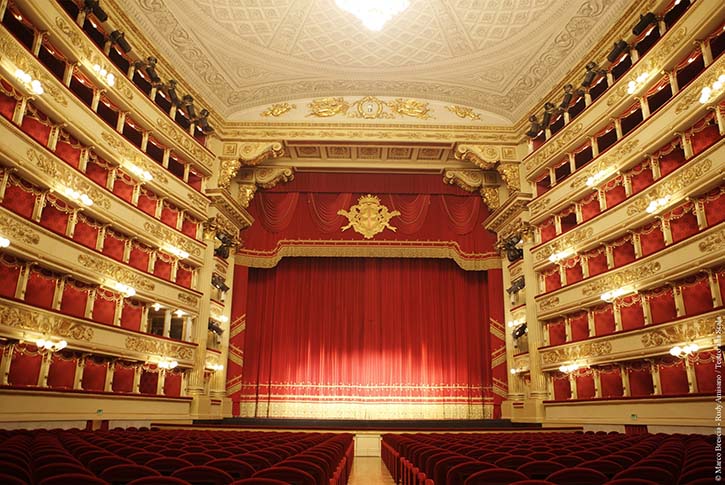
Dining in Milan: Where and What to Eat
Milan’s culinary scene is as diverse as its cultural attractions, offering everything from Michelin-starred restaurants to humble trattorias. Here’s how to navigate the city’s dining options:
- Traditional Milanese Cuisine: When in Milan, be sure to try traditional dishes like Risotto alla Milanese (saffron risotto), Cotoletta alla Milanese (breaded veal cutlet), and Ossobuco (braised veal shanks). These dishes are staples of Milanese cuisine and can be found in many restaurants throughout the city.
- Where to Eat:
- Ratanà: Located in the Porta Nuova district, Ratanà offers a modern take on traditional Milanese dishes. The restaurant is set in a historic building and has a cozy, welcoming atmosphere.
- Trattoria Milanese: For an authentic taste of Milan, head to Trattoria Milanese in the Brera district. This old-school eatery has been serving up classic dishes for over 80 years.
- Il Luogo di Aimo e Nadia: If you’re looking to splurge, this Michelin-starred restaurant in the western suburbs is a culinary destination in its own right. The tasting menu offers a journey through contemporary Italian cuisine.
- Street Food: Don’t miss the chance to try some of Milan’s street food, particularly Panzerotti (deep-fried dough pockets filled with cheese and tomato) and Gelato. You’ll find these treats at various stalls and small shops throughout the city.
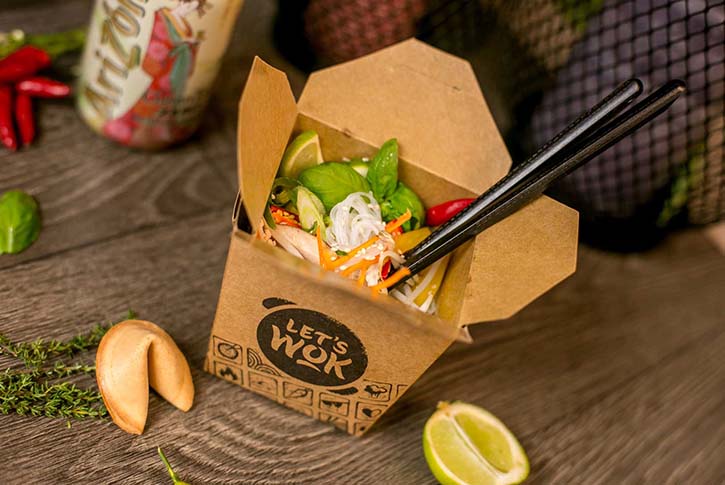
Shopping in Milan: Fashion and Beyond
As one of the fashion capitals of the world, Milan offers a shopping experience like no other. From high-end designer boutiques to vintage markets, there’s something for every shopper.
- Quadrilatero della Moda: This luxury shopping district is home to some of the world’s most prestigious fashion houses, including Prada, Gucci, and Versace. Even if you’re not planning to buy, window shopping here is a must.
- Corso Buenos Aires: For more affordable fashion, head to Corso Buenos Aires, one of the longest shopping streets in Europe. Here you’ll find a mix of international brands and Italian retailers.
- Mercato di Via Fauche: For a more local experience, visit this bustling street market in the Sempione district. It’s a great place to find Italian leather goods, vintage clothing, and artisanal products.
Cultural Etiquette and Local Tips
Understanding local customs and etiquette can enhance your experience in Milan. Here are a few tips to keep in mind:
- Dress Code: Milan is a fashion-forward city, and locals tend to dress stylishly, even when casually. While there’s no need to dress up for every occasion, avoid overly casual attire like flip-flops or shorts, especially when visiting churches or upscale restaurants.
- Dining Etiquette: Italians take their food seriously, and mealtimes are an important part of the day. When dining out, it’s common to have multiple courses, and meals can be leisurely. Tipping is appreciated but not mandatory—rounding up the bill or leaving a small amount is usually sufficient.
- Language: While many people in Milan speak English, especially in the tourism industry, learning a few basic Italian phrases can go a long way. Greetings like “Buongiorno” (Good morning) and “Grazie” (Thank you) are always appreciated.
- Navigating the City: Milan is generally safe, but as in any major city, be mindful of your belongings, especially in crowded areas like train stations and tourist hotspots. Pickpocketing can be an issue, so keep your valuables secure.
Day Trips from Milan
Milan’s strategic location makes it an ideal base for exploring other parts of northern Italy. Here are a few recommended day trips:
- Lake Como: Just an hour’s train ride from Milan, Lake Como is a stunning destination known for its picturesque villages, luxurious villas, and serene waters. Spend the day exploring towns like Bellagio or Varenna, or take a boat tour of the lake.
- Bergamo: This charming medieval town is just 40 minutes from Milan by train. The Città Alta (Upper Town) is a UNESCO World Heritage site, with cobblestone streets, ancient walls, and stunning views of the surrounding countryside.
- Verona: Known as the setting of Shakespeare’s “Romeo and Juliet,” Verona is a beautiful city with a well-preserved Roman arena, historic squares, and the famous Juliet’s balcony. It’s about a 1.5-hour train ride from Milan.
- The Franciacorta Wine Region: If you’re a wine lover, consider a trip to the Franciacorta region, known for its sparkling wines. Many wineries offer tours and tastings, providing a delightful way to spend a day in the Italian countryside.
Milan is a city that rewards exploration, offering a unique blend of history, culture, fashion, and culinary delights. With these tips in mind, you’ll be well-prepared to navigate Milan like a pro and make the most of your visit.
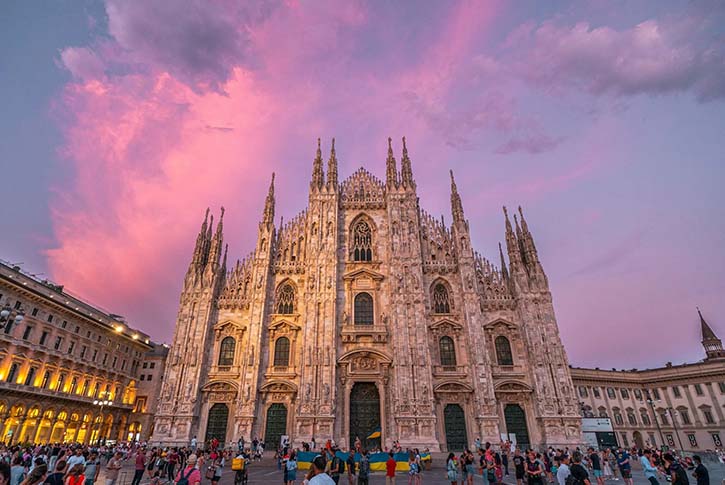
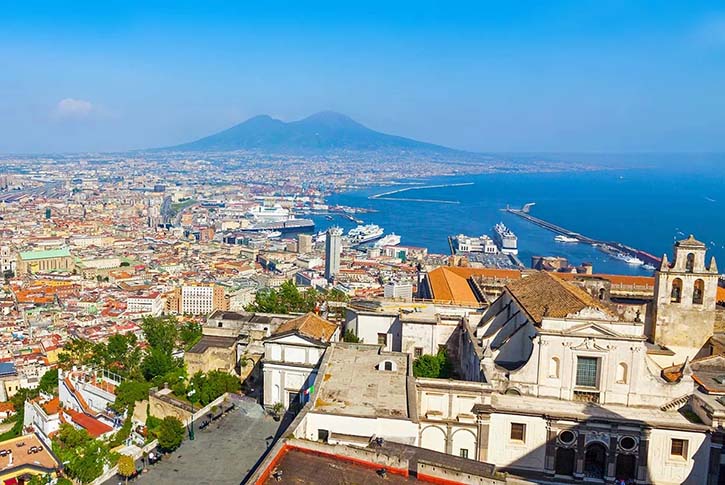

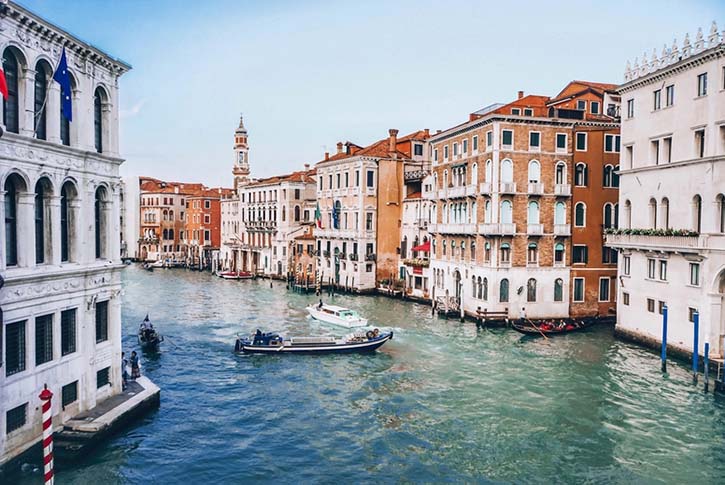

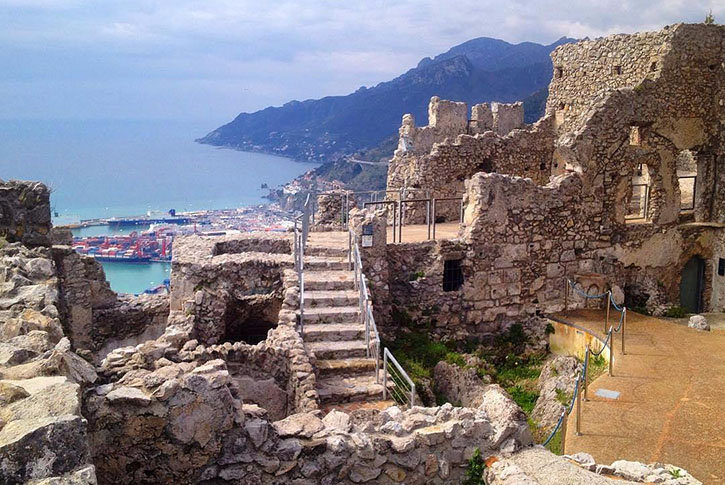
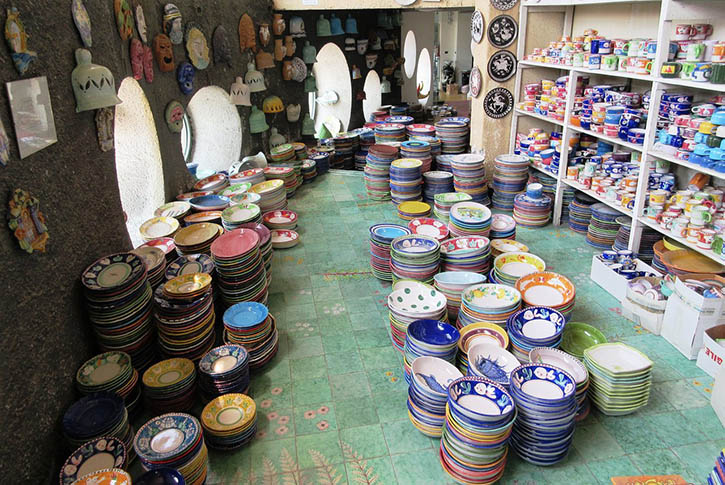
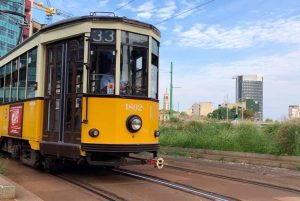
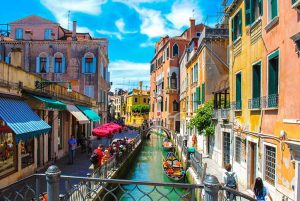

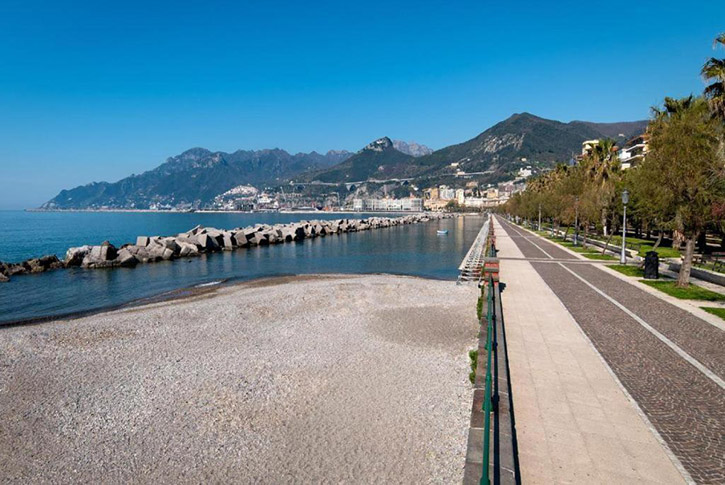

+ There are no comments
Add yours